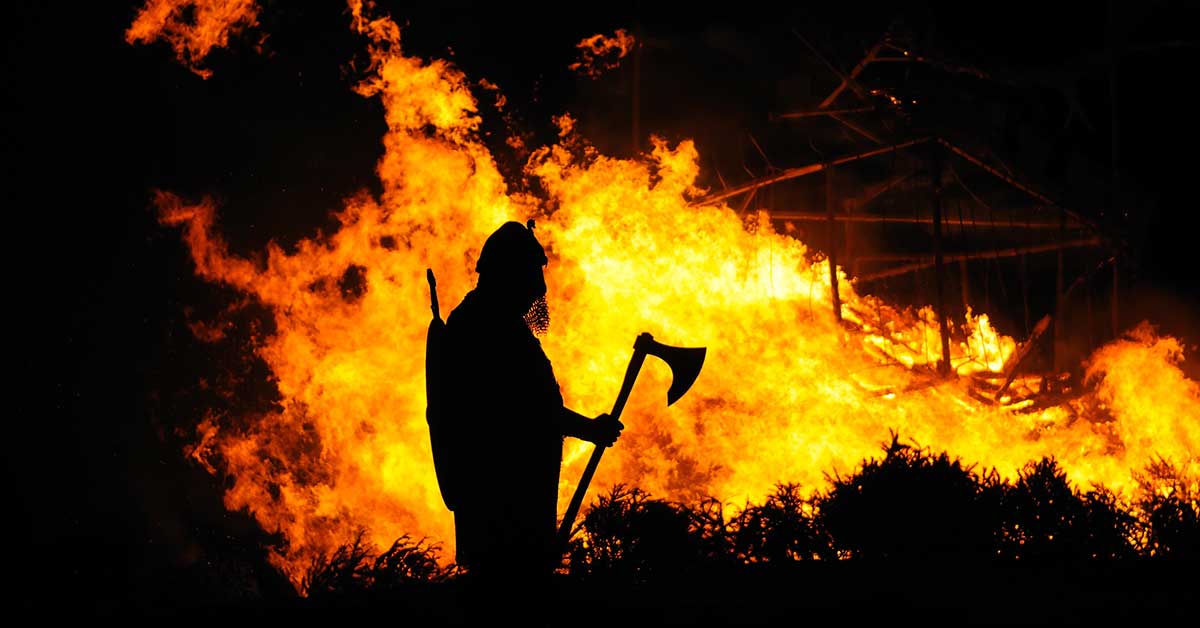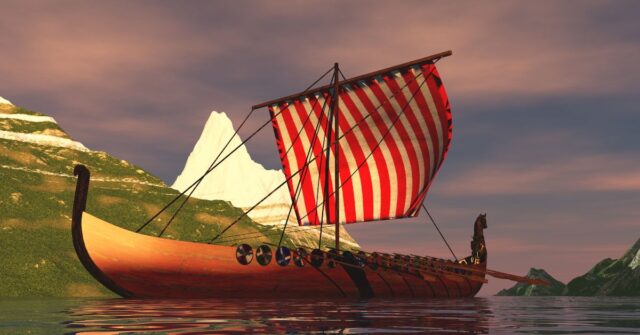When we talk about the Vikings, images of fearsome warriors setting sail across tumultuous seas might spring to mind.
But how often do we associate these Norse explorers with the romantic city of Paris?
Let’s embark on a historical voyage to uncover the truth behind the Vikings’ infamous encounters with Paris.
Introduction
The Viking Age, spanning from the late 8th to the early 11th century, was a period marked by the extensive exploration, raiding, and settling by Norsemen.
Amidst the tales of their journeys, one question often arises: Did the Vikings attack Paris? Spoiler alert: they did, and the story is as riveting as a thriller novel.
The Viking Age: A Period of Exploration and Expansion
Contrary to the one-dimensional portrayal of Vikings as mere raiders, these Norsemen were also traders, settlers, and explorers.
Their era was characterized by a hunger for expansion, driven by various factors including overpopulation at home and the lure of wealth abroad.
Their ships, technological marvels of the time, carried them as far as the coasts of North America and the Caspian Sea.
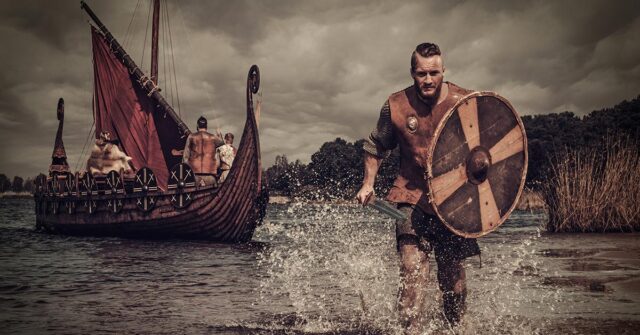

Myths vs. Facts: Understanding Viking Raids
The Vikings’ reputation as ruthless plunderers isn’t unfounded, but there’s more to their story.
Many of their raids were strategic, targeting monasteries not only for their wealth but because they were often poorly defended.
However, not all Vikings were violent raiders; some sought to establish trade links and even settle in the lands they explored.
The Historical Context of Viking Raids
The period known as the Viking Age was marked by the Norsemen’s remarkable feats of navigation and conquest.
Understanding the context of their raids is essential to grasp the full scope of their impact on Europe.
Who Were the Vikings?
The Vikings hailed from what is now Denmark, Norway, and Sweden.
Known for their expert shipbuilding and navigation skills, they ventured far from their homelands, driven by a variety of motivations.
The Motivations Behind Viking Expeditions
While tales of treasure might have spurred many a Viking voyage, factors like political strife, overpopulation, and a desire for adventure also played significant roles.
These expeditions ranged from plundering raids to trading missions and settlement campaigns.
Overview of Viking Raids Across Europe
The Vikings left their mark across Europe, from the British Isles to the Mediterranean.
Their raids were not random acts of violence but part of a larger strategy for expansion and economic gain.
The Siege of Paris: A Closer Look
The Viking siege of Paris in 845 is one of the most documented and significant attacks, showcasing the Vikings’ strategic prowess and their impact on European history.
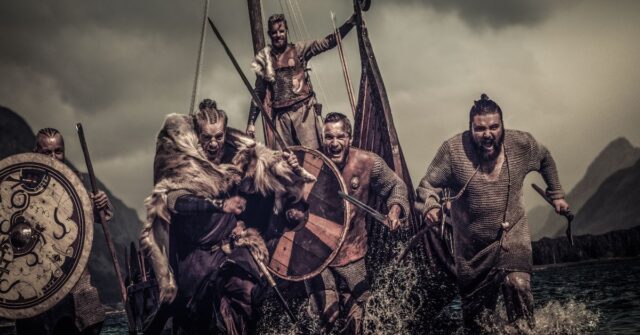

The First Viking Siege of Paris (845 AD)
In 845, a Viking fleet led by Ragnar Lothbrok is said to have sailed up the Seine and laid siege to Paris. This wasn’t a mere raid but a calculated move to control a key trade route.
The Vikings eventually left after receiving a ransom, a common practice at the time.
Strategic Importance of Paris to the Vikings
Paris, situated along the Seine, was more than just a wealthy city; it was a strategic point controlling river traffic.
For the Vikings, capturing Paris was about economic leverage as much as it was about plunder.
Tactics and Strategies: How the Vikings Conducted Their Sieges
The Vikings were not only fierce warriors but also cunning strategists.
They employed a combination of siege tactics and psychological warfare to intimidate their opponents, often leading to victory with minimal combat.
Chronicles of the Attacks
The Viking sieges of Paris were meticulously documented, providing us with a window into the past that helps us understand these pivotal events.
Primary Sources and Archaeological Evidence
Accounts from Frankish chroniclers and archaeological findings offer insights into the Vikings’ sieges of Paris.
These sources paint a picture of a city under siege, the strategic gamesmanship of the attackers, and the resilience of the defenders.
Notable Viking Leaders and Their Roles in the Sieges
Ragnar Lothbrok, among others, is often credited with leading the charge against Paris.
These leaders were not only warriors but also shrewd leaders who understood the value of strategy and negotiation.
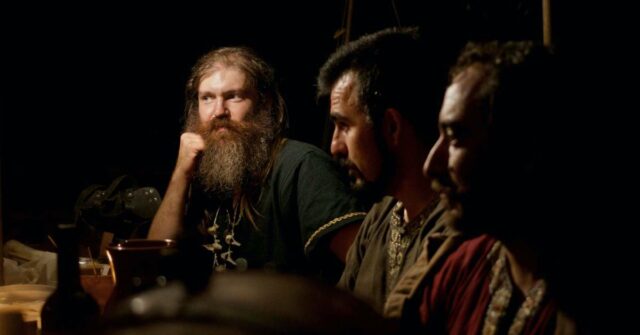

Resistance and Defense: The Frankish Response
The Franks, though initially caught off guard, quickly organized defenses and mounted counter-offensives.
Their resistance highlighted the strategic importance of Paris and the resilience of its people.
The Impact of Viking Sieges on Paris and Beyond
The Viking sieges left an indelible mark on Paris and had far-reaching consequences for Europe.
Short-term Consequences for Paris and the Frankish Empire
In the immediate aftermath, Paris and the Frankish Empire had to reckon with the physical and economic toll of the sieges.
However, these events also led to improvements in city defenses and military tactics.
Long-term Effects on European Politics and Society
The Viking presence in France eventually led to the founding of Normandy, a testament to the complex relationship between the Norsemen and the lands they once raided.
This interaction significantly influenced European politics, culture, and society.
The Legacy of Viking Raids in Modern Culture
Today, the Viking raids on Paris are immortalized in literature, film, and art, a testament to their lasting impact on our collective imagination.
These tales of bravery, strategy, and resilience continue to fascinate and inspire.
Debunking Common Myths About Vikings and Paris
It’s time to separate fact from fiction and shed light on some of the misconceptions surrounding the Viking sieges of Paris.
The Myth of the Barbarian Viking
While the Vikings were fierce warriors, they were also skilled traders, navigators, and settlers.
Their interactions with Paris were as much about economics and politics as they were about warfare.
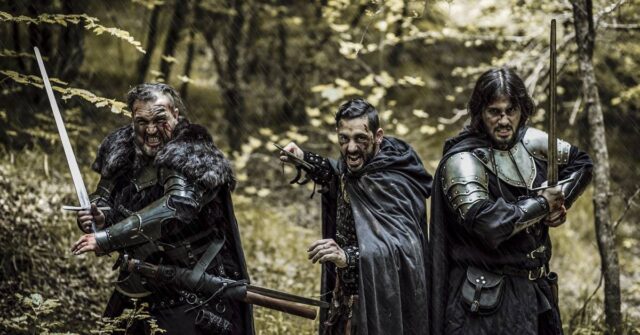

Re-evaluating the “Destruction” of Paris
The notion that the Vikings left Paris in ruins is an oversimplification. While they did cause damage, their primary goal was economic gain, not wanton destruction.
The Vikings in Paris: Beyond Warfare
The story of the Vikings in Paris is not just one of conflict but also of cultural exchange and influence.
Trade and Cultural Exchanges
Even as adversaries, the Vikings and Parisians engaged in trade, influencing each other’s cultures and economies. These exchanges had lasting impacts on both societies.
The Transformation from Raiders to Traders
Over time, many Vikings transitioned from raiders to traders and settlers, integrating into the societies they once attacked. This transformation underscores the complexity of their legacy.
Conclusion
So, did the Vikings attack Paris? Absolutely, but the story doesn’t end there. It’s a tale of conflict, resilience, and ultimately, mutual influence that shaped the course of history.
As we reflect on these events, we’re reminded of the complexity of human history and the enduring legacy of the Vikings.

